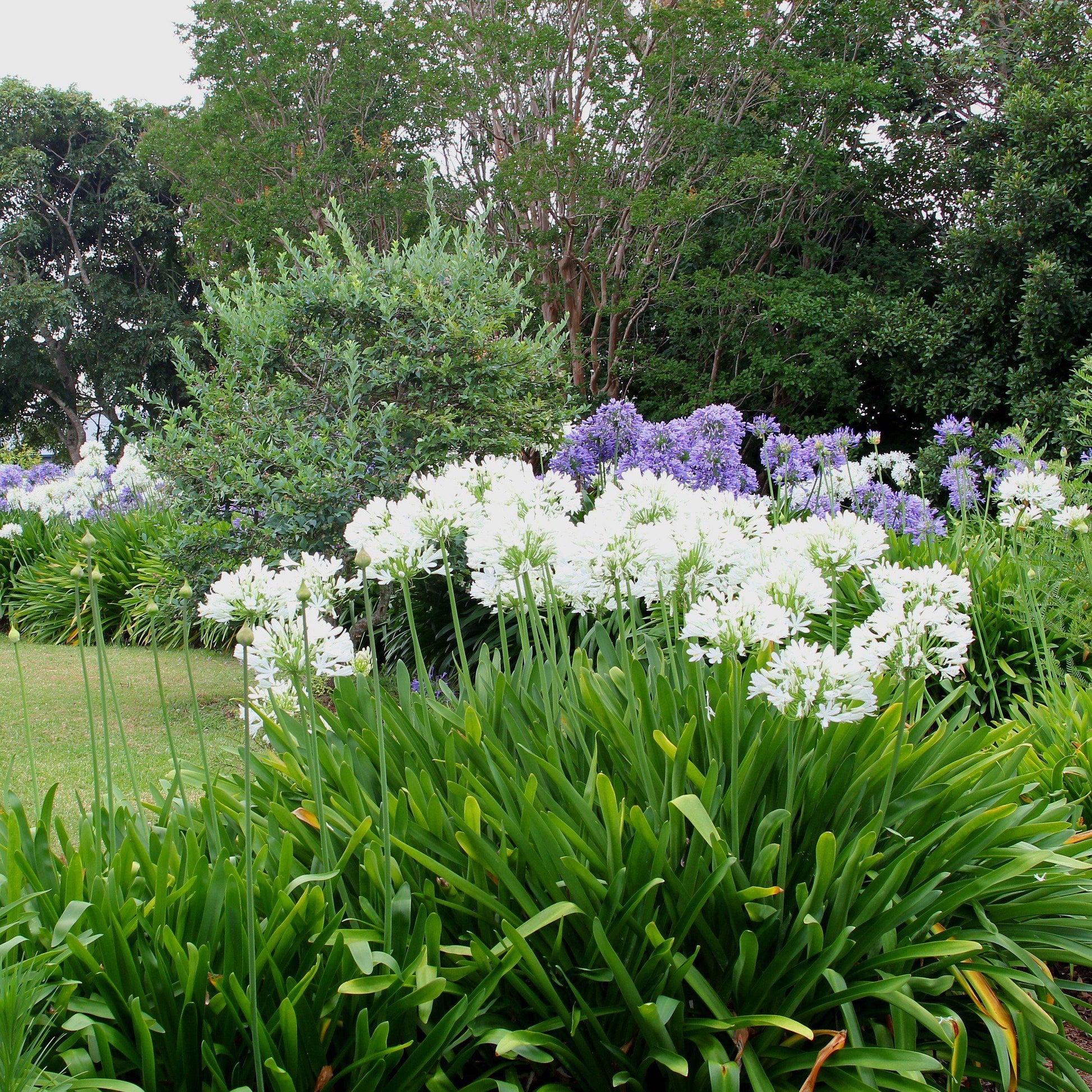Agapanthus Care Tips for Lush and Vibrant Flowers
Releasing the Secret to Effective Agapanthus Farming: Idea for a Flourishing Yard
In the world of horticulture, growing agapanthus efficiently calls for a strategic method that encompasses different aspects of plant treatment. With careful focus to information, one can open the tricks to nurturing these magnificent blossoms, bring about a yard that grows with appeal and vibrancy. By recognizing the nuances of agapanthus growing, one can produce an environment where these plants thrive and bloom perfectly. In the adhering to discussion, we will check out vital suggestions and tricks that will lead you towards a growing agapanthus garden, providing insights right into finest practices, dirt conditions, sprinkling methods, and more.
Planting Agapanthus: Finest Practices
When planting Agapanthus, correct soil prep work is crucial for making certain effective growth and growth of these stunning blossoms. Agapanthus, frequently referred to as Lily of the Nile or African lily, thrives in well-draining soil with a slightly acidic to neutral pH degree - Agapanthus. Before growing, it is important to modify heavy clay soils with raw material such as compost or peat moss to enhance drainage and supply essential nutrients for the plants
To plant Agapanthus, select a location that gets complete sunlight to partial shade, as this will certainly promote healthy and balanced growth and plentiful blooming. Dig a hole twice the size of the plant's root round and put the Agapanthus at the very same depth it was previously expanding. Gently backfill the hole with dirt, weighing down firmly to eliminate any kind of air pockets around the roots.
Water the recently grown Agapanthus extensively and remain to keep the soil uniformly wet, especially during the plant's energetic growing season. Agapanthus. Applying a well balanced plant food once a month can further sustain the plant's development and blooming. By following these finest practices for planting Agapanthus, you can produce a stunning display of these fascinating blossoms in your yard
Perfect Dirt Issues for Agapanthus
For optimal growth and flowering success of Agapanthus plants, making certain the dirt problems are ideal is important. Agapanthus prospers in well-draining dirt with a somewhat acidic to neutral pH degree varying from 6.0 to 7.0. This kind of dirt enables for appropriate water drain, stopping waterlogging which can bring about root rot. To boost dirt water drainage, take into consideration including natural issue such as compost or peat moss when preparing the growing website. In addition, Agapanthus favors dirt that is abundant in nutrients, so integrating a balanced fertilizer during the expanding period can advertise healthy growth and vibrant blooms.

Watering and Fertilizing Tips
To guarantee healthy growth and vibrant blossoms, proper watering and feeding strategies are important for successful Agapanthus cultivation. Agapanthus plants benefit from regular watering, especially throughout the expanding season.
When it pertains to fertilizing Agapanthus, a balanced plant food with equivalent parts nitrogen, phosphorus, and potassium can be applied in the spring to advertise healthy growth and flowering. Slow-release plant foods are suitable for supplying nutrients slowly over an extended duration. Avoid over-fertilizing, as this can result in excessive vegetation growth at the expense of blossoms.
In addition, integrating raw material like compost official statement into the dirt can enhance nutrient degrees and enhance soil framework, helping in the overall wellness of the Agapanthus plants. By complying with these watering and fertilizing pointers, garden enthusiasts can ensure their Agapanthus plants grow and create stunning displays of blossoms.
Pruning and Deadheading Methods
Appropriate pruning and deadheading methods play an essential role in maintaining the health and wellness and visual appeals of Agapanthus plants, enhancing the vital practices of watering and fertilizing for effective growing. Trimming Agapanthus involves getting rid of invested flower heads, yellowing or dead fallen leaves, and total shaping of the plant to promote much better development. Deadheading, the process of removing discolored blossoms, not only boosts the plant's appearance however likewise encourages additional flowering.
When deadheading Agapanthus, it is suggested to snip off the flower stem at the base using sharp, tidy shears. This process reroutes the plant's power from seed production back into this website origin and vegetation growth, advertising a much healthier and more robust plant. Normal deadheading can expand the blooming period of Agapanthus and protect against self-seeding, which can lead to overcrowding.
In terms of trimming, Agapanthus usually gain from a light trim after blossoming to clean up the plant and urge fresh growth. Cutting down the invested blossom stems and getting rid of any dead or broken vegetation assists preserve the plant's vigor and total look. Nonetheless, it is vital to avoid cutting into the crown of the plant, as this can compromise its health and wellness.

Protecting Agapanthus From Pests and Diseases
Applying reliable insect and illness administration techniques is important to securing the health and wellness and vitality of Agapanthus plants in growing. Agapanthus are typically hardy plants, but they can still come down with numerous parasites and conditions otherwise appropriately taken care of. One typical insect that impacts Agapanthus is the Agapanthus borer, a caterpillar that passages right into the plant, triggering damage to the leaves and flowers. To stop invasions, regular inspection of the plants is crucial. If borers are identified, they can be by hand eliminated, or insecticidal soap site here can be used as a control measure.
In enhancement to bugs, Agapanthus are prone to conditions such as origin rot and fungal fallen leave areas. By staying vigilant and addressing parasite and disease issues without delay, gardeners can help their Agapanthus flourish and grow.

Verdict
To conclude, effective cultivation of agapanthus needs appropriate growing methods, perfect dirt conditions, sufficient watering and feeding, normal pruning and deadheading, and security from parasites and diseases. By adhering to these methods and suggestions, garden enthusiasts can guarantee a prospering garden filled up with beautiful agapanthus flowers. Agapanthus. Bear in mind to maintain consistent treatment and focus to information to promote the health and wellness and long life of these spectacular plants
When growing Agapanthus, proper soil prep work is important for making sure effective growth and advancement of these attractive flowers.Water the recently grown Agapanthus extensively and continue to maintain the dirt evenly damp, specifically throughout the plant's active growing period.For optimum growth and blooming success of Agapanthus plants, making sure the dirt problems are perfect is vital. When transplanting or planting Agapanthus, make sure the dirt is well-prepared to give the necessary foundation for the plants to establish themselves effectively. One common parasite that impacts Agapanthus is the Agapanthus borer, a caterpillar that tunnels into the plant, causing damages to the fallen leaves and blossoms.